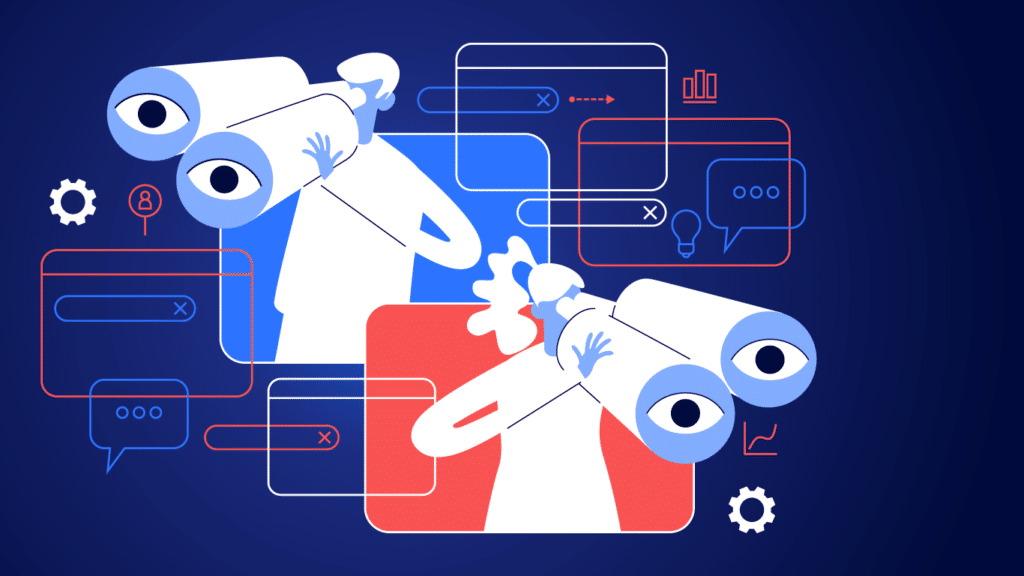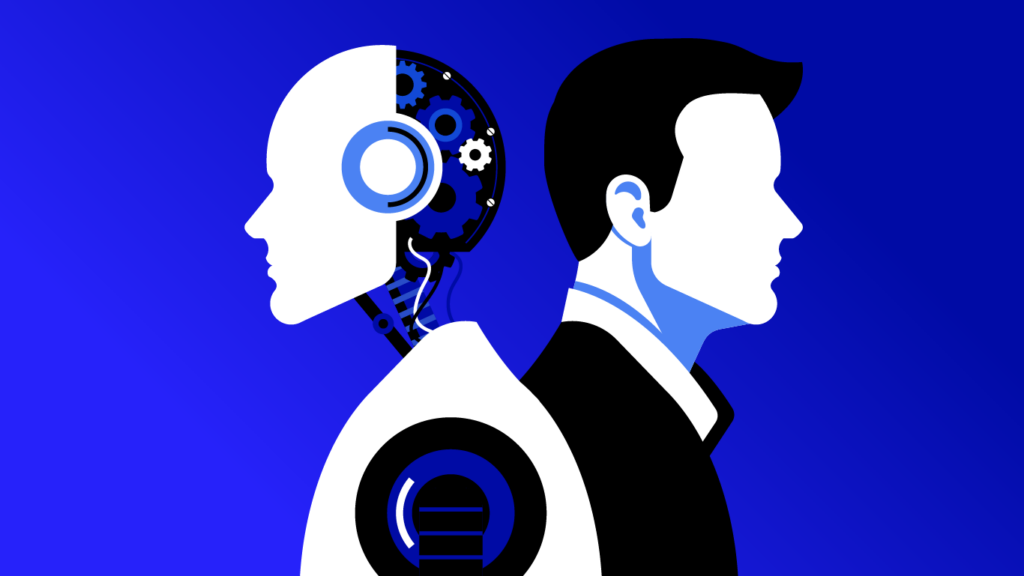Hollywood has taken the notion of machines becoming self-aware and made a fortune showing what can theoretically happen when technology gets too intelligent. As a result, the concept of the Singularity becomes a bit muddied. Hollywood has taken the extra leap that machines will not only possess the same cognitive ability as human beings but also be equipped with the same capacity for abstract thought or emotions. A more realistic representation would be (and in some ways just as frightening) the world established by Isaac Asimov’s Robot series—not quite “The Matrix” or “The Terminator.”
Regardless of whether you believe that the Singularity, in which human life will be irreversibly transformed, will happen in 2045, it still represents the continuous creation of systems and technology that ultimately mimics human behavior. And if you were to then add in the Cynefin framework to understand the problem spaces our systems are solving for, we are currently operating in Complicated to Complex problem spaces thanks to the democratization of machine learning and artificial intelligence. In the spirit of building systems that mirror ourselves, we are on a clear path to building systems that operate in the Chaotic domain, where ultimately, cause and effect is unclear and not predictable.
Using the Singularity as a beacon (real or perceived) for where technology solutions are headed, organizations that can adapt to the ever-increasing technology capabilities will be equipped with better decision-making and operate with a system that is more like them than different.
Setting expectations for what’s to come
As we move closer to the proposed Singularity date, the Law of Accelerating Returns will likely yield several advancements. For one, machine learning will continue to improve. But its maturation is more of a stepping stone, and it’s important to pay close attention to its different interface methods (such as voice, neural, or anything above and beyond the traditional point-and-click). Eventually, these technologies will advance to a point of convergence with other technologies to create something entirely new.
For example, organizations will need to better understand user identities. The days of users having fragmented personas will come to an end, and a much more integrated experience will continue to evolve. Currently, employers, online retailers, or any entity in the digital space requiring authentication, rather than users themselves, typically own the identity of its users. As we move closer to 2045, individuals will own their identities and maintain control of them both digitally and physically.
Planning for the great unknown
If society is moving toward a convergence of people and machines, logic dictates that a divergence will then occur. What that divergence will look like is almost impossible to predict, but the likeliest of events will be autonomous machines — lacking the need for human intervention altogether.
Mind you, I’m not talking about some Hollywood version of self-aware machines. Rather, they will bear an ability to examine the environment and make “next-step” determinations. However, these next steps won’t necessarily be based on whether an act is harmful, just informed by the problem at hand.
As problems become more chaotic (as defined by the Cynefin framework), organizations’ success will rely on a couple of things:
Moving away from strict hierarchical structures
In chaotic spaces, it becomes a necessity to distribute decision-making among different business units, namely those most impacted by events. Removing hierarchical structures also has a way of encouraging greater autonomy within the ranks. People begin to take ownership of their roles and contribute in more creative, innovative ways. Besides, fewer levels within an organization help to eliminate a lot of the back-and-forth in directives, allowing teams to arrive at far faster decisions.
Embracing a philosophy of constant disruption
As technologies come out and converge with others, the ability for organizations to change and remain nimble will be critical to gaining or maintaining a technological competitive edge. Don’t try to prevent or mitigate technology disruption. Instead, work toward incorporating it into your overall technology architecture. Doing so enables the quick diffusion of not only newer technologies but processes and frameworks that can increase your operational capabilities.
Futurist Ray Kurzweil, who proposed the Singularity, believes computers will possess human-level intelligence by 2029, and you have to admit we’re getting pretty close. Yes, machines can think like human beings, but they can also scan and analyze more information than a human workforce — and provide detailed insights into many aspects of both business and life. Organizations need to start thinking ahead and looking for ways to incorporate technology in various aspects across operations. As the Singularity nears, it’s the only way to add some calm to the chaos.














